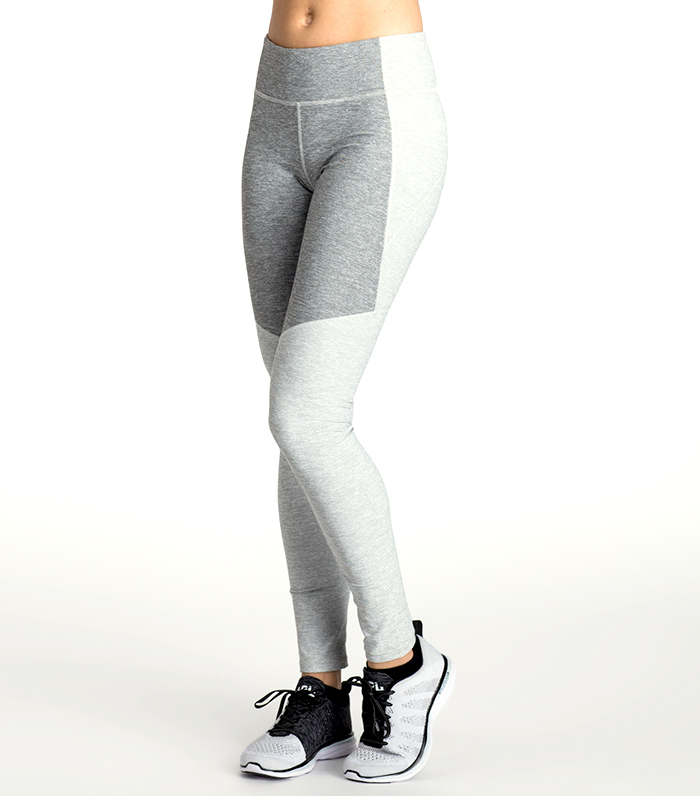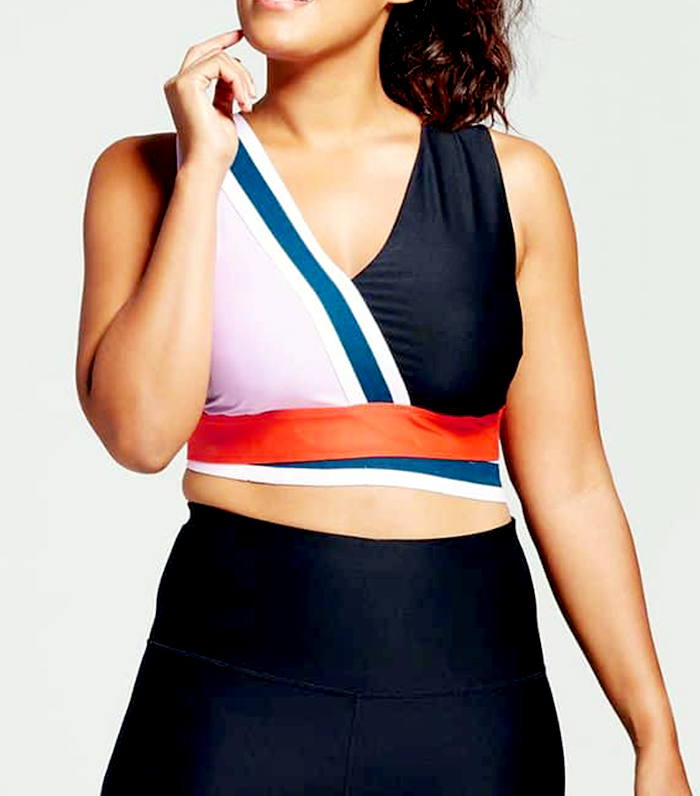What Are Performance Fabrics, Anyway?

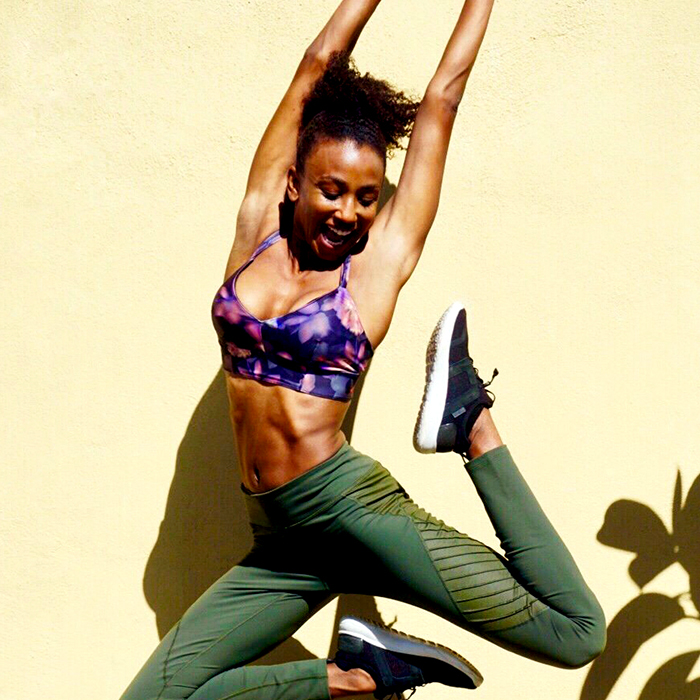
Considering that until fairly recently, my gym uniform of choice was a pair of cotton leggings and a ratty T-shirt, it's pretty ironic that I am now extremely picky about the clothes I wear while working out. But as I've started to invest in my activewear wardrobe over the past couple of years, I've noticed that details I previously overlooked really do make a world of difference in how I feel while I sweat. Namely, that fabric can make or break a workout.
Elasticity, moisture control—there are a few elements most of us now expect from our performance-wear. But I didn't realize just how complicated it is to address these needs until I spoke with Christina DiBernardo, the creative director and head of design behind JoyLab, our amazing (and I do mean amazing) activewear collection with Target.
"I think there is a beauty in that activewear in general is so comfortable, people don’t even realize or perhaps they take for granted what goes into it, creating and engineering it to feel so comfortable and un-obstructive," she says. "There are endless combinations of fibers, yarns, finishes, and elastanes (spandex) that we can use to create materials with virtually the same fiber contents." Basically, everything from yarn size to the tension of the fabric knitting can make a huge impact on how your activewear feels during a workout.
The good news is that you don't have to be an expert on fabric proportions or stitch sizing to shop smarter. Keep reading for three essential tips you should keep in mind—as well as a glossary of terms you should definitely look out for.
Pro tip #1: For the most comfortable fit, look for garments that contain 12% or more of a "four-way stretch" fabric.
Lycra, spandex—these materials are favored in activewear for a reason. "For JoyLab we focus on four-way stretch for our bras and leggings," says DiBernardo. "The last thing you want to be dealing with in the studio is pants that don’t stay up or move with you."
While your label might not necessarily read "four-way stretch," you'll know you're on the right track if it contains at least 12% or more of spandex, Lycra, or elastane, she says.
Pro tip #2: To stay dry during your workout, you need to understand how sweat-wicking works.
The ability to wick moisture comes down to a delicate balance of different fibers in the fabric blend, says DiBernardo. "It functions essentially like a candle wick, drawing moisture up away from the skin and to the surface of the material where it evaporates," she explains. "Polyester is the best material for wicking due to the yarn structure. Most other fibers need a treatment that will eventually wash out. In the case of natural fibers, many are fantastic for moisture absorption, but they hold onto it making you feel damp and chilly when they contact your skin."
Your takeaway: Aim for polyester blends if you tend to favor sweaty workouts, and stay away from cotton, which will get soaked very easily, says DiBernardo.
Pro tip #3: If you want to take a more advanced approach, verse yourself on different fabric blends.
As mentioned, spandex or any other kind of elastane fabric is usually a given, but it's worth taking a look at the label to see what other fabrics are in the blend.
For optimal sweat-wicking and lasting vibrancy, choose polyester. "It's one of the most core fibers for a couple reasons," says DiBernardo. "It is relatively less expensive than most other performance fibers, it has low moisture absorption built into its structure (read: great for sweat-wicking), it is durable, holds color and print with unrivaled vibrancy, and can be recycled or created out of recycled plastics."
For great durability and amazing texture, choose nylon. As with polyester, manufacturers can get very close to the ultra-soft feel of cotton with nylon. "Nylon is known for strength, thanks to its spiderweb fibers," says DiBernardo. It is super abrasion-resistant, and therefore long lasting and durable for certain activities. Very soft-handed fabrics are achievable. It is also low on moisture absorbency. The cons: It's much more expensive than polyester, and the color tends to be less vibrant.
For ultra-cozy lifestyle garments, choose modal and Tencel blends. They might not be up for a high-impact workout, but these are the fabrics that are great for lounging. "They have a soft, luxurious feel," says DiBernardo.
Want more insider pointers on activewear? Check out the most supportive sports bras, as tested by three editors with different cup sizes.
Disclaimer
This article is provided for informational purposes only and is not intended to be used in the place of advice of your physician or other medical professionals. You should always consult with your doctor or healthcare provider first with any health-related questions.
-
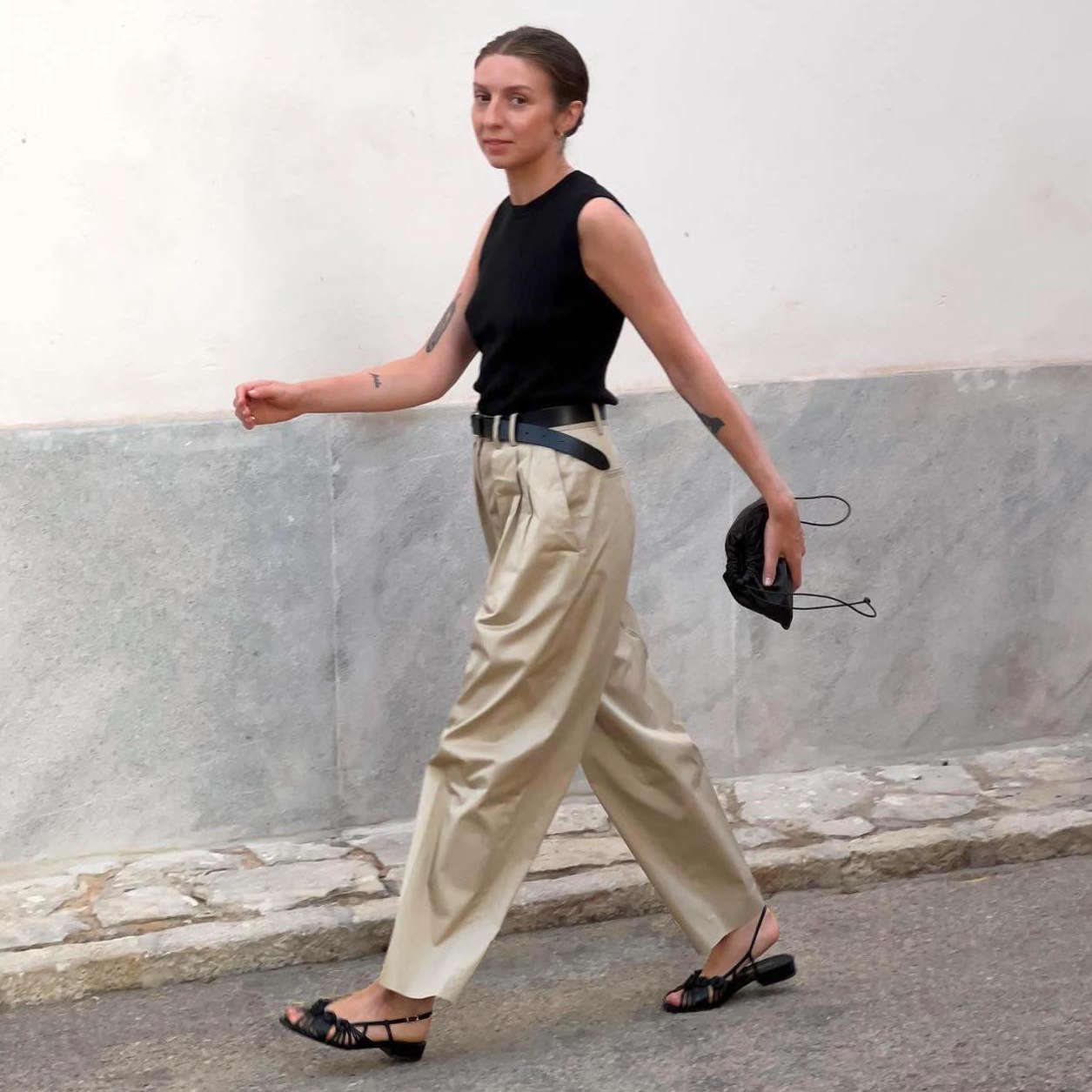 If The Row, Khaite, and Toteme Feel Too Expensive, Here Are 33 Pieces to Try Instead
If The Row, Khaite, and Toteme Feel Too Expensive, Here Are 33 Pieces to Try InsteadBring on the luxe-looking outfits.
By Jennifer Camp Forbes
-
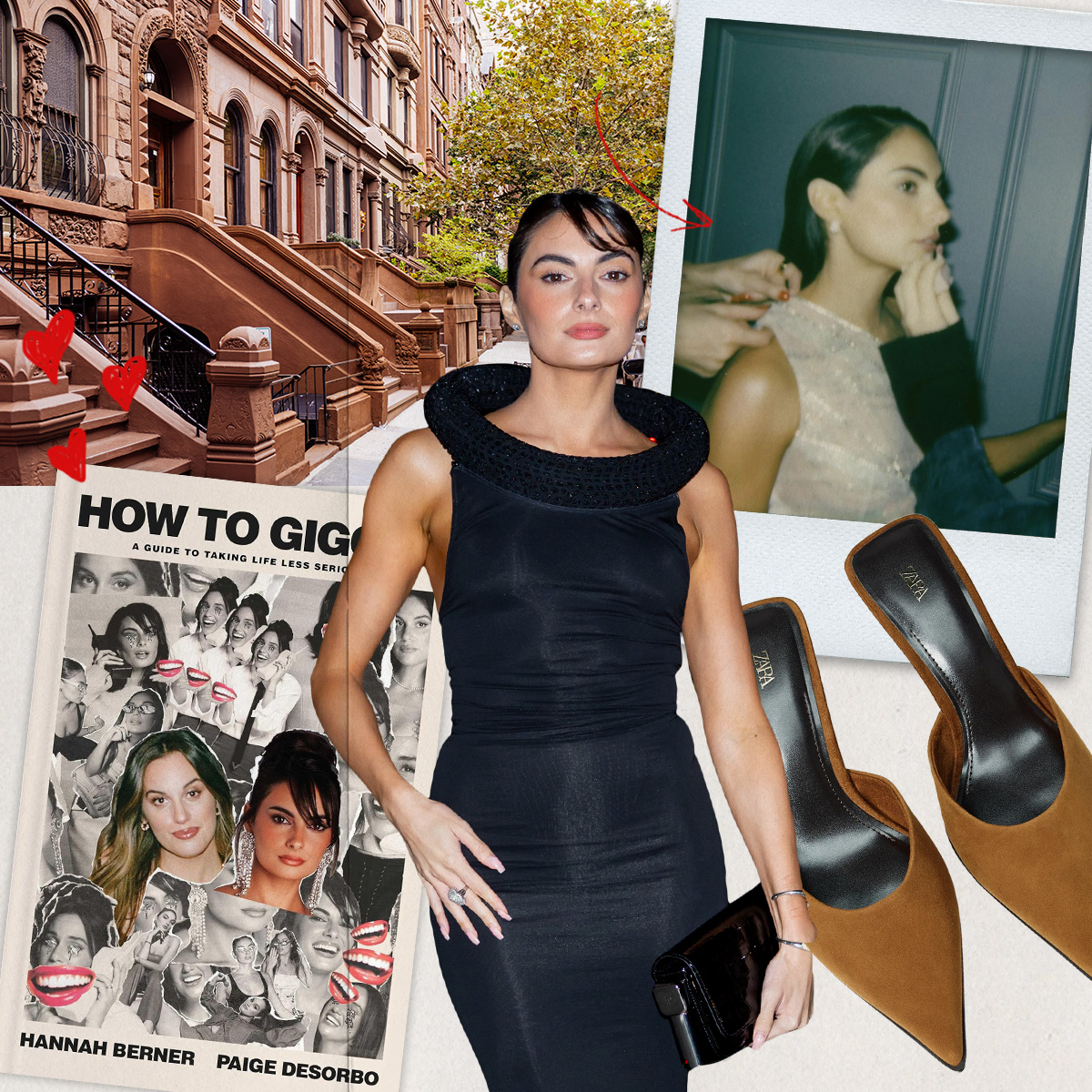 Paige DeSorbo's World: Her New Book, Favorite Zara Item, and What She Loves in Her Dream Apartment
Paige DeSorbo's World: Her New Book, Favorite Zara Item, and What She Loves in Her Dream ApartmentEverything going on in this It girl's universe.
By Bobby Schuessler
